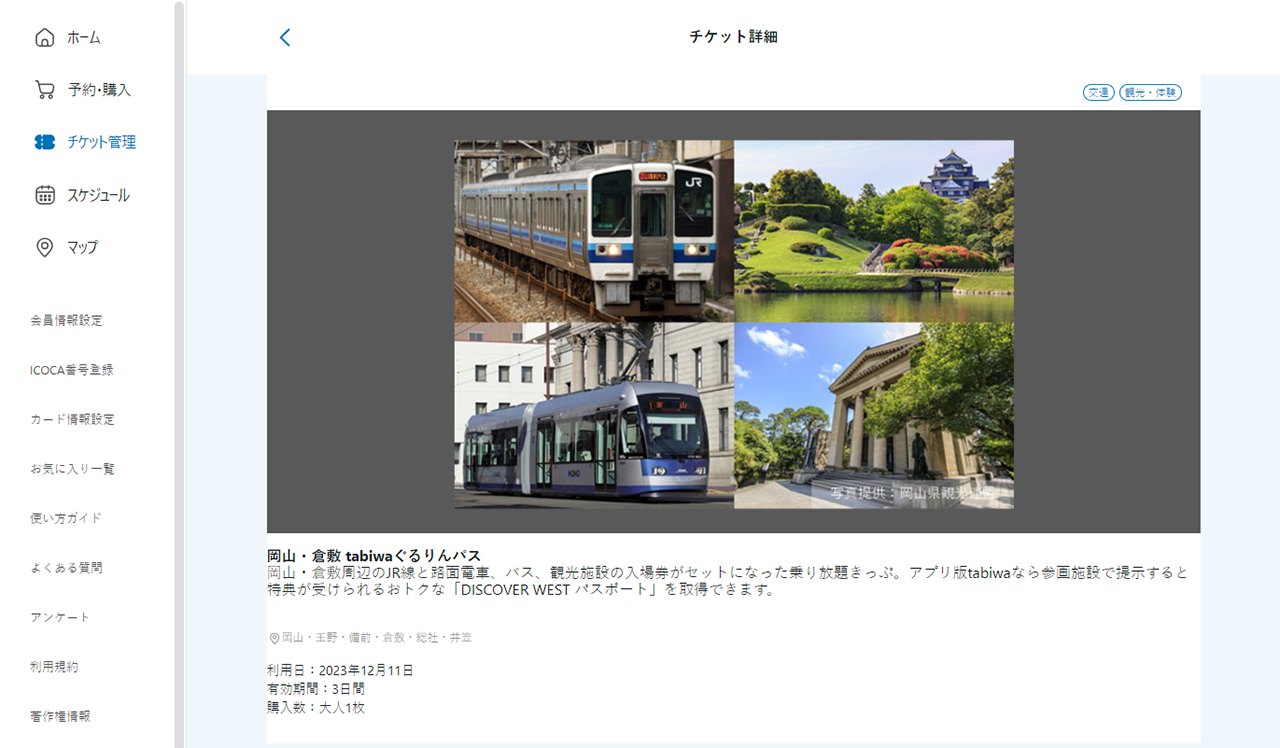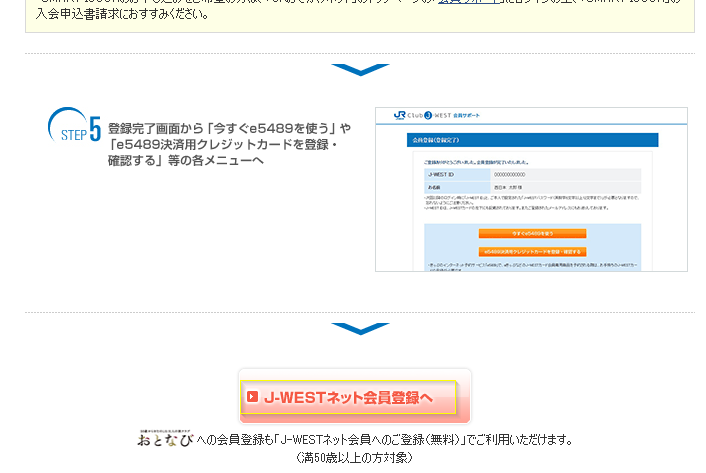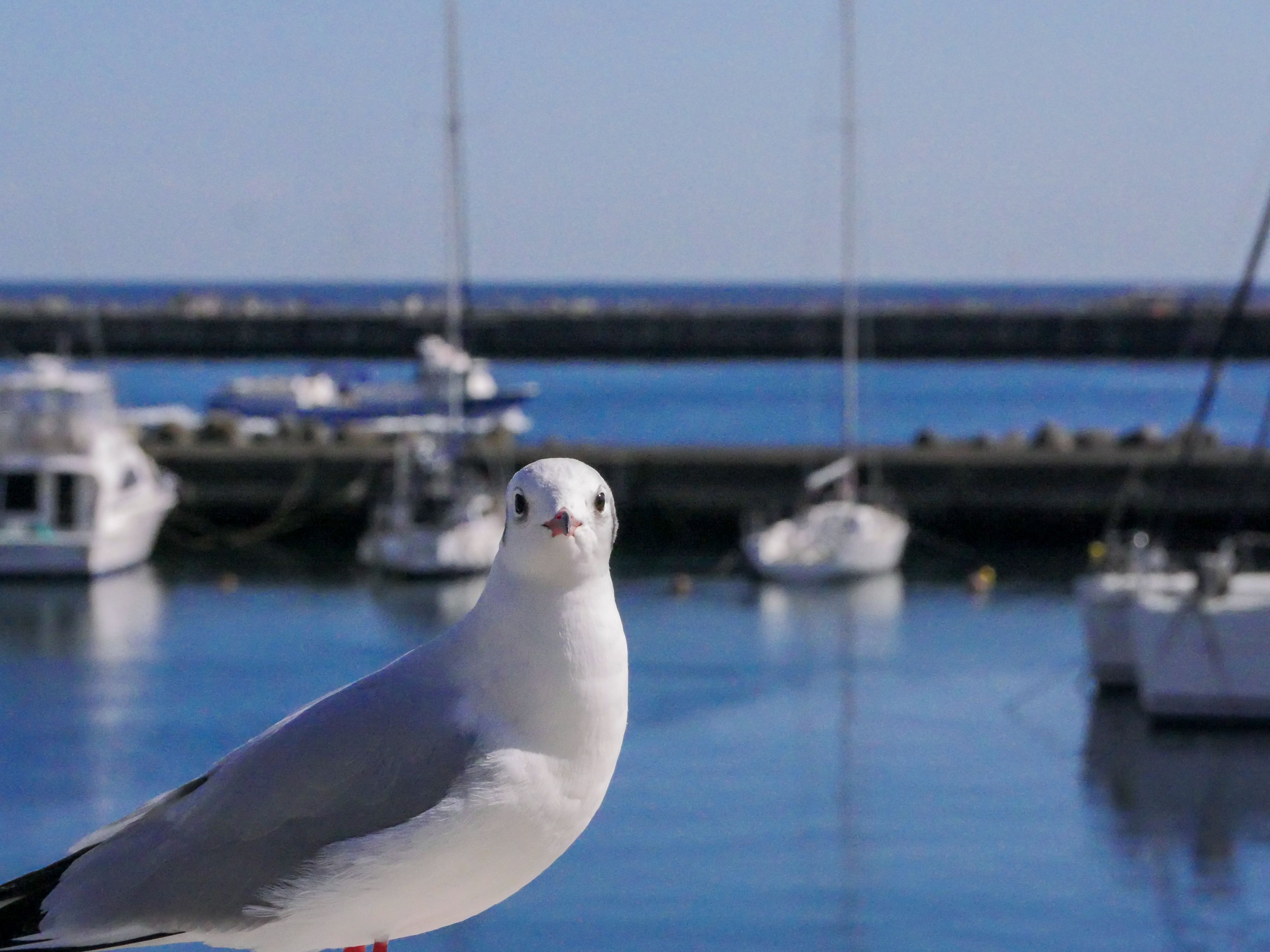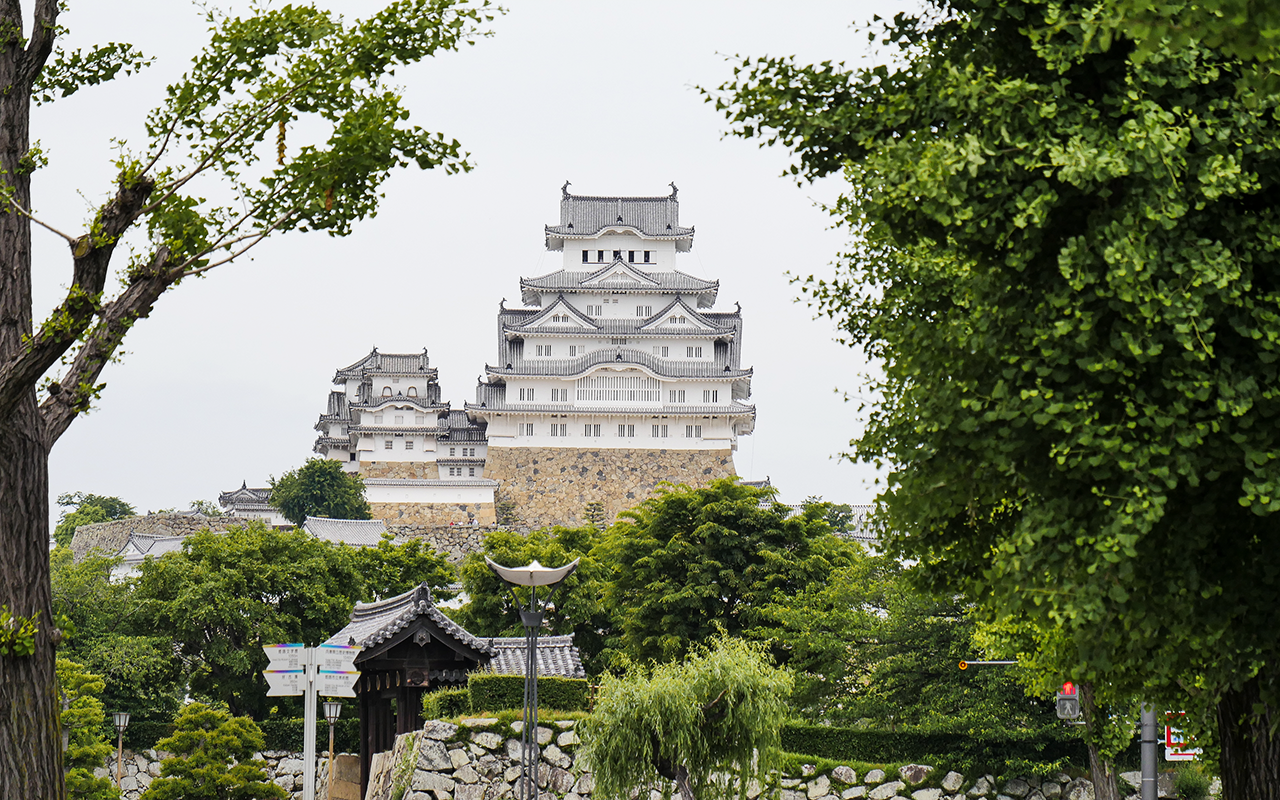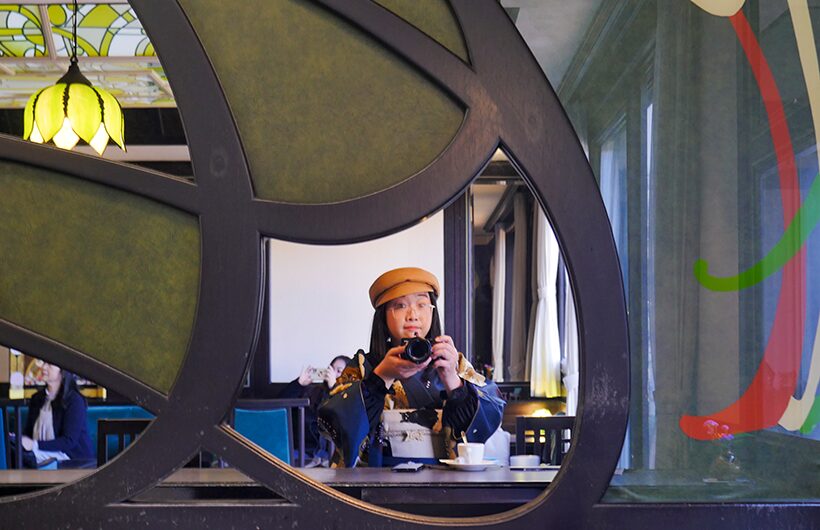
澄
如果你需要中文版,可以在這裡找到,歡迎點擊閱讀。
tabiwa by WESTER is a travel pass launched by JR West. I came across it by accident while looking for other bus schedules. For my needs at that time, it was really good value. At first, I even thought Google Translate had made a mistake, because the price seemed too good to be true.
I couldn’t find any information in Chinese, which made me think I had found the wrong ticket. Later, I searched in Japanese and discovered that this pass was only released recently. In Japan, most of the information about it is in video form. Once I confirmed that the machine translation was correct, I started to study the details of this pass.
After trying it myself, I think this pass is quite useful-especially if you plan to travel from Okayama to Takamatsu in Kagawa for a day trip. Tabiwa by WESTER has a ticket set that makes this route very affordable.
Okayama and Takamatsu can be visited in a same-day round trip, but their JR lines belong to different systems. Normally, there is no single JR Pass that covers both. However, the Tabiwa by WESTER Pass solves this problem, which is why I recommend it.
I should explain that Tabiwa by WESTER is a project under JR West’s WESTER service. It offers various travel passes valid for one to three days. The coverage is very wide, including areas from Hokuriku to the Seto Inland Sea and Shikoku. The passes are usually grouped based on popular tourist destinations, so the routes are basically divided in this way:
- Hokuriku Area – Includes Toyama, Ishikawa, Fukui, part of Niigata, and part of Nagano. (Usually 1 to 2 day passes)
- Seto Inland Sea Area – Okayama and Shikoku are grouped together, and Hiroshima and Yamaguchi are grouped together. Sometimes there are mixed combinations. (Usually 3 day passes)
- San’in Area – Includes Tottori and Shimane, and sometimes combined with Hiroshima. (Usually 3 day passes)
Since my trip this time was to the Okayama and Shikoku area, I only used the pass for this region. I haven’t tried the other areas, but I believe they are mostly similar. If you’re planning to visit the Hokuriku or San’in regions, this article might be helpful for you.
Three Key Points to Know Before Buying
Before using this pass, there are a few things you should know. These are based on my own experience, and some of them are things I didn’t pay attention to at first. I’m sharing them here so you can be more aware and avoid the same mistakes.
Confirm Your Dates in Advance
You can only buy the pass up to one month in advance, but I strongly suggest not buying it too early-unless you are 100% sure your schedule will not change. This is because the date you select at purchase will be the activation date of the pass. Even if you don’t use it that day, it will still be activated automatically.
For example, I set my pass to be used from the 11th to the 13th. However, I felt unwell on the 11th and didn’t follow my original plan. Even though I only started using the pass on the 12th, it still expired on the 13th. I had assumed the pass would extend automatically based on the first day of actual use, but that was not the case—so I ended up wasting one whole day.
Looking back, I should have decided to buy it the day before, or even on the same day I planned to use it. When traveling solo, there are too many variables, and with self-guided travel, it’s important not to let a pass lock your schedule. Another reason why I don’t recommend buying it in Taiwan before your trip is related to the next key point-Internet access.
Make Sure Your Internet Connection is Stable
The Tabiwa by WESTER pass is purchased online only—there is no physical ticket. Everything depends on having an internet connection. If your internet is slow or doesn’t work, in a way it means your pass is useless. I recommend buying it only after you arrive in Japan and confirm that your internet connection is working well.
I only realized this after I bought the pass, so I ended up buying an extra SIM card just in case. Compared to Tokyo or Osaka, the Okayama and Shikoku areas are much quieter. Meeting even two Taiwanese travelers in one day is already a lot, so before arriving I wasn’t sure if the internet would work smoothly. I worried about it for a long time before my trip—if the internet didn’t work and I couldn’t use the pass, my money would have been completely wasted.
Enable Your Credit Card for Overseas Use
he last key point is that you will need to make an online payment from overseas. If you do not plan to enable roaming, it means you will not receive the credit card verification code by SMS. Therefore, if you are not enabling roaming (for more details, see the link below), you must contact your bank in advance and request them to send the verification code by email instead. This way, you can successfully pay for and purchase the pass while abroad.
How to Buy the Pass
The only way to buy the pass is online. First, choose the pass you want, add it to your cart, and pay with your credit card. After that, the pass will appear in your account’s order list. Below the pass, you will see the items you can use it for.
For example, the pass I bought included transportation and attractions, so it showed which transportation I could take and which attractions I could visit. When the date comes, you can activate and start using it.

However, before you can buy the pass online, you need to register as a member first. You can refer to this guide for the registration process.I couldn’t find a similar detailed explanation in English, so I’m including the Chinese version for now.
When registering, there are two options: one is to link an ICOCA card, and the other is not to link it. If you don’t have an ICOCA card or don’t want to link one, make sure to choose the “No ICOCA Card” option when registering. The guide above is also based on the registration process without an ICOCA card.

How to Use the Pass-Example: “Okayama & Kurashiki Tabiwa Gururin Pass”
At first, I planned to use the “Okayama-Kagawa Wide Pass,” which costs 3,500 yen. This pass covers JR travel to Takamatsu, and a round trip from Okayama to Takamatsu costs about 3,200 yen. Since the pass also includes Kurashiki, my plan was to spend one day in Takamatsu and two days in Kurashiki, which would save me around 900 yen in total.
However, I later decided to visit Sanagi Island(Sanagi さなぎ), also known as “Cat Island.” The pass does cover Utazu Station, which is the station to reach Sanagi Island, but the round trip from Okayama to Utazu costs only about 2,100 yen, and two days of round trips between Okayama and Kurashiki cost at most about 1,300 yen. That’s a total of 3,300 yen, so using this pass would barely save any money. In the end, I decided not to use it.

Later, while browsing around, I found that the “Okayama & Kurashiki Tabiwa Gururin Pass” fit my needs perfectly. At first, I didn’t notice it because the deal seemed too good—I even thought it might be a machine translation error.
The difference between this pass and others is that it includes free entry to many popular attractions.Attractions in the Okayama area include:
- Okayama Castle( 岡山城 )
- Yumeji Art Museum( 夢二郷土美術館 )
- Hayashibara Museum of Art( 林原美術館 )
Attractions in the Kurashiki area include
- Ohara Museum of Art( 大原美術館 )
- Kurabo Memorial Hall( 倉紡記念館 )
- Ohashi Family Residence( 大橋家住宅 )
- Japan Folk Toy Museum( 日本郷土玩具館 )
- Kurashiki Folkcraft Museum( 倉敷民藝館 )
- Yumiko Igarashi Museum( いがらしゆみこ美術館 )
- Momotaro Karakuri Museum( 桃太郎のからくり博物館 )
- Former Nozaki Family Residence( 旧野﨑家住宅 )
- Oharatenote Main House( 語らい座大原本邸 )
- Kurashiki Archaeological Museum( 倉敷考古館 )
If you visit even half of these places, you’ll save so much that you’ll be smiling in your sleep. That’s why I originally suspected a translation error. Later, I realized that regular transportation-only passes don’t include these attractions at all. After carefully comparing them, I confirmed that this pass really does include free entry, and I finally decided to buy it.

Transportation
The “Okayama & Kurashiki Tabiwa Gururin Pass” includes three types of transportation: JR trains, Okayama streetcars, buses, and bicycles. I mainly used the first two, but I think the buses work in a similar way. However, if you plan to use the bicycles, it’s best to check with the official support in advance. I also emailed them before my trip to ask how to use it, since there was no information in Chinese and I was quite worried.
In short, you just go through the manned gate. For the JR lines, simply go to the manned ticket gate, show the pass on your phone to the station staff, and they will let you in and out. For the Okayama streetcar, just show it to the driver and you can get on and off freely.

Attractions
For the attractions, each place can only be entered once—no re-entry is allowed. To use the pass, tap on the attraction you want to visit, and a screen will pop up asking for a password. Usually, the staff will just tell you the password so you can enter it yourself. Since I don’t understand Japanese, I asked the staff to enter it for me. Once the password is entered, you can enter the venue.

Since this pass is relatively new, you may sometimes meet staff who are not familiar with how to use it. For example, when I tried to use it at the Ohashi Family Residence, I met an elderly staff member who had no idea about the pass. With the help of a translation app and some hand gestures, she finally realized that their facility might be part of this program. She quickly contacted others, and later a younger staff member came and helped me resolve the situation.
In Short – A Flexible Plan Can Save You Money, Even on a Short Trip
I think the passes offered by Tabiwa by WESTER are great for travelers who don’t plan to move around over a large area. While Japan has many discounted passes, most of them are only worth it if you travel long distances. For shorter trips, they are often not cost-effective. Tabiwa by WESTER fills this gap well, especially since most people’s trips are about five or six days long. After taking away the arrival and departure days, you usually have only three or four full days to explore, which fits perfectly with the Tabiwa by WESTER pass range.
Even though the passes are valid for only one to three days, the included destinations are very popular, so it’s easy to plan a trip around them. I recommend choosing a pass based on your needs and then using a fare-checking app to compare costs. This will help you make sure the pass you buy is truly worth it.
Overall, Tabiwa by WESTER offers a convenient and affordable transportation option besides the JR Pass. It’s especially useful for those who don’t want to travel long distances, filling the need for short-range trips. This lets you save money while planning your activities-money that can be spent on more delicious food, more beautiful photos, and more souvenirs to take home.
*Unless otherwise noted, all photos in this article were taken by the author (yanshoto.com) during personal travels and are fully copyrighted. Please do not reproduce or use them for commercial purposes without prior permission. Thank you for your understanding and respect.
Extra Tips from My Experience
Since the app is region-locked, you can only download it by using a VPN set to a Japanese IP address, or by downloading it after you arrive in Japan.
However, their website works very similarly to the app when used on a mobile phone. Because of this, I actually forgot to download the app when I was in Japan-the interface felt so similar that I didn’t even realize I wasn’t using the app. Personally, I think it’s fine even if you don’t download it.
If you are going to a less popular station, you might encounter an unstaffed station. In this case, there are two possible situations:
- Scan required – The gate will not open unless you scan the pass. In this case, you’ll need to find the station’s contact button (intercom) and press it to speak with a staff member. When showing your pass on your phone, hold it close to the camera—if it’s too far, they might not be able to see it.
- Lucky case – The ticket gate is not set to require scanning the pass to exit, so you can simply walk through. For example, this happened to me at Bizen-Mitsunomiya Station.
In these situations, having some basic Japanese knowledge is helpful, as the staff will speak entirely in Japanese. From what I’ve seen in Japanese travel discussion groups, it’s not certain that a translation app will work well. If you plan to visit less popular stations, it’s best to be prepared.
To check whether a station is unstaffed, you can look it up on Google Maps beforehand.
✦ 喜歡這篇文章嗎?
《煙雲漫筆》的每月慢信會收錄這樣的片段,也會分享一些未公開的草稿與旅行筆記。
如果你也想一起閱讀,歡迎留下信箱。

